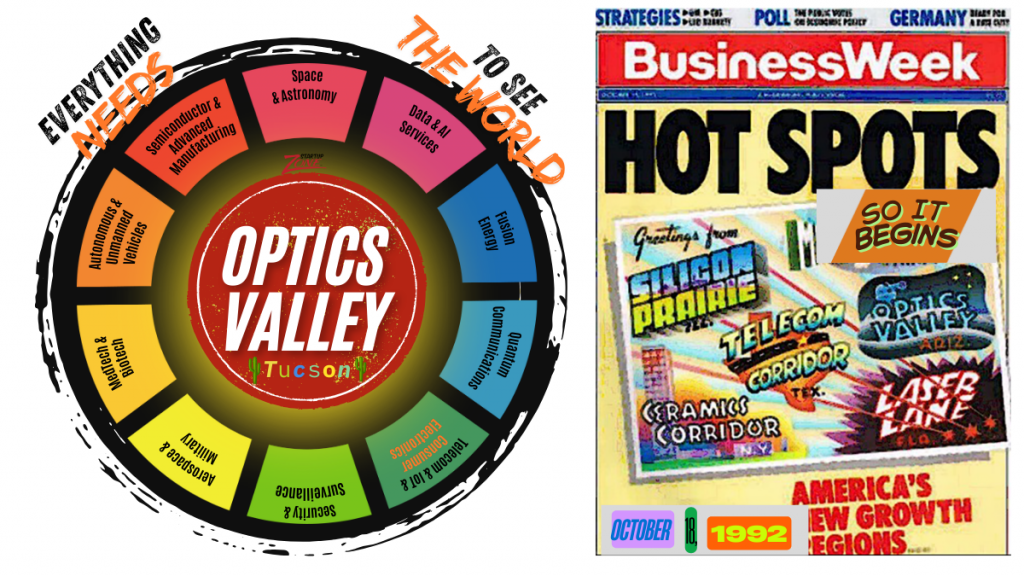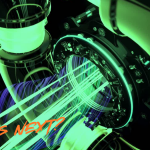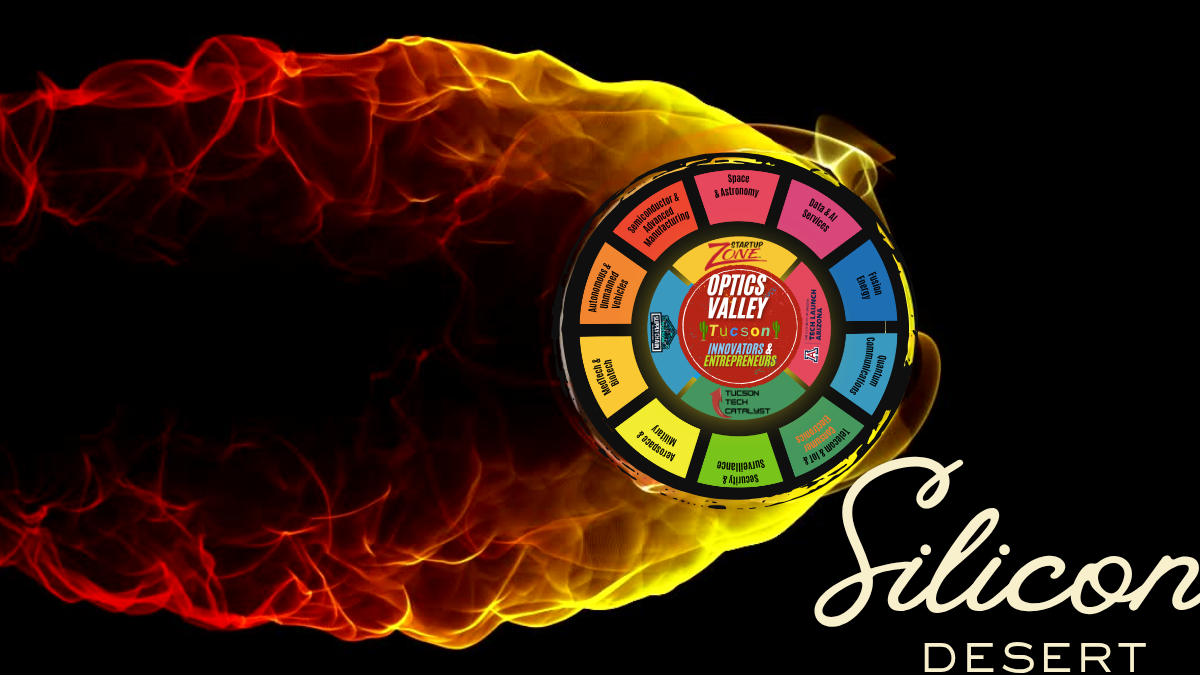FUBAR – A New Lesson in Branding a City
Why changing a good thing can sometimes turn into a disaster.
A brand is more than a name or a logo. It’s a promise, a feeling, and a reputation built over years of trust. Whether a city, a company, or a product, a strong brand carries emotional weight. People associate it with reliability, meaning, and pride. That’s why changing a brand, especially one already well-known, can be powerful and risky. A rebrand can wipe out decades of goodwill overnight when done for the wrong reasons.
So, when should you change a brand? And when should you leave it alone?
When It Makes Sense to Rebrand
- When the mission or audience has genuinely changed.
If your purpose has evolved, your brand might need to grow too. When Apple dropped “Computer” from its name in 2007, it wasn’t just cosmetic; it signaled the company’s shift from computers to a lifestyle technology brand making phones, music players, and more. The change matched its direction. - When your brand no longer reflects reality.
Sometimes a brand’s reputation drifts away from what the organization has become. IBM used to be seen only as a hardware company, but as it moved into consulting and AI, it rebranded around the idea of “Smarter Planet.” That wasn’t decoration, it was a statement of reinvention. - When your brand has deep negative baggage.
If a name has become toxic, change might be the only option. After years of controversy, the Washington Redskins football team changed its name to the Washington Commanders. The old name had turned from tradition into a liability. A rebrand can help an organization take accountability and start fresh. - When confusion is killing you.
If customers don’t know what you do or keep confusing you with someone else, it’s time to clarify. Rebranding can align internal and external identity, make sure it adds clarity, not clutter.
When You Shouldn’t Change a Brand
- When you’re bored, not broken.
Many leaders get tired of their own branding long before the public does. They live with it every day and crave something “new.” But what feels stale internally may still be strong externally. Changing it only because you want excitement is like repainting a famous landmark to make headlines. - When your brand still carries global goodwill.
Marketing expert David Aaker calls brand equity “a reservoir of trust.” Once it’s drained, you can’t refill it overnight. Changing your name can destroy years of earned value if it still brings positive recognition and credibility. - When the reason is political or personal.
Too many rebrands happen because a new CEO or mayor wants to “make their mark.” But brands don’t belong to individuals; they belong to communities. Changing a respected name or symbol to signal new leadership can feel like ego, not progress. - When you’re chasing trends.
Trends fade fast. Remember when every company suddenly added a swoosh or a lowercase logo to look “modern”? Many regretted it later. The best brands evolve with purpose, not fashion.
How Catastrophic Can It Be?
Rebranding can be catastrophic when it breaks emotional trust. Think of it like erasing a family photo album. People’s memories and pride are tied to those images, names, and colors. Take them away suddenly, and they feel lost, even betrayed.
Marketing studies show that brand familiarity drives most consumer decisions. Once people no longer recognize you or feel you’ve “sold out,” sales can plummet. Employees lose morale. The media pounces on the backlash. And suddenly, what was meant to be a fresh start turns into a public-relations nightmare.
Here are three landmark cases where rebranding went horribly wrong.
1. The Gap Logo Disaster (2010)
Gap had one of the most recognizable logos in American retail, a simple blue box with white serif letters. It represented clean, classic American style. But in 2010, Gap’s leadership decided to “modernize.” Without warning, they replaced their iconic logo with a generic black font and a tiny blue square.
The backlash was instant and brutal. Loyal customers mocked the new design online. Branding experts said it looked like a cheap PowerPoint clip art. Gap scrapped the rebrand within six days and returned to the old logo.
Lesson: People weren’t loyal to Gap’s clothes; they were faithful to its identity. Changing it without meaning or telling a story to customers, the company didn’t understand them anymore.
2. Tropicana’s Packaging Meltdown (2009)
Tropicana, known for its bright orange with a straw image, designed its packaging to look more “clean and modern.” The famous orange with the straw, one of the most distinctive visuals in grocery stores, was gone.
The new packaging confused shoppers. Many thought it was a store-brand knockoff. Within two months, sales dropped 20%, costing Tropicana $30 million. They quickly reverted to the old design.
Lesson: Familiarity and trust drive buying decisions. Customers who can’t find your product at a glance stop buying even if they like you.
3. Coca-Cola’s “New Coke” Fiasco (1985)
This remains the most legendary branding failure in history. Facing competition from Pepsi, Coca-Cola changed its formula and branding, introducing “New Coke.”
Consumers revolted. Thousands of angry letters poured in. Protest groups demanded the return of the “real Coke.” After 79 days of chaos, the company returned the original formula as “Coca-Cola Classic.” Ironically, sales soared after admitting their mistake.
Lesson: Never underestimate the emotional bond between people and your brand. Consumers didn’t want a “better” Coke; they wanted their Coke.
The Emotional Cost of Getting It Wrong
Every failed rebrand carries the same pattern: leaders confuse freshness with relevance. They forget that a brand’s true power lives not in fonts or colors but in memory, community, and trust.
A brand is a living relationship. Once broken, it’s hard to rebuild. Companies can lose millions, towns can lose decades of global recognition, and organizations can lose their sense of identity.
That’s why experts like Seth Godin and Simon Sinek insist that rebranding should begin with purpose, not preference. Change the brand only when your truth has changed, when your mission, market, or meaning no longer fits the story you’re telling.
Otherwise, remember what branding pioneer Walter Landor said:
“Products are made in the factory, but brands are created in the mind.”
When you erase what people hold in their minds, you’re not refreshing your brand, you’re erasing its soul.
The Financial Cost of Getting It Wrong
A rebrand gone wrong can become one of the costliest strategic missteps a company or city ever makes. Even a mid-sized rebrand, including research, design, new signage, website updates, legal filings, and marketing rollout, can easily cost $250,000 to $1 million, while major corporate or civic rebrands often run $5–$50 million once you factor in global implementation, packaging, and media campaigns. But when it fails, the cost doesn’t stop there. The “rebrand recovery” phase, scrapping materials, reprinting, re-educating audiences, and restoring lost credibility, can double or triple that amount. What’s worse, the time investment compounds: teams spend months on damage control, rebuilding recognition and trust they already had. Not to mention opportunity costs. Ultimately, a failed rebrand burns through budgets, leadership attention, and emotional capital, leaving everyone asking why they ever changed what wasn’t broken.
The most recent Cracker Barrel rebranding nightmare is a cautionary tale. When the beloved Southern restaurant chain experimented with “Cracker Barrel Old Country Store” modernizations and a new “Cracker Barrel Kitchen” test concept, loyal customers revolted online, accusing the company of abandoning its heritage and rural charm. Instead of attracting a younger audience, the attempt alienated its core base, forcing a costly retreat, leadership damage control, and a quiet return to its classic imagery.
The lesson? Rebranding isn’t just design, it’s identity surgery. Done poorly, it drains millions in cash, months in time, and years of goodwill, proving that the most expensive logo is the one you have to apologize for.
In Short
Rebrand when the world has truly changed around you.
Don’t know when you’re just restless, trend-chasing, or seeking attention.
Because branding is like reputation, it takes years to build trust, and there is only one bad decision to lose it.

Let’s get something straight: Tucson doesn’t need to be the next Silicon anything. We’re not trying to be Silicon Valley, Silicon Jungle, Silicon Oasis, Silicon Slopes, Silicon Hills, Silicon Prairie, or Silicon Desert. We’re the place that makes Silicon work. We give it sight. We make it intelligent. We make it precise. We give it communications at the speed of light. We eviscerate Moore’s Law. We are Optics Valley!








